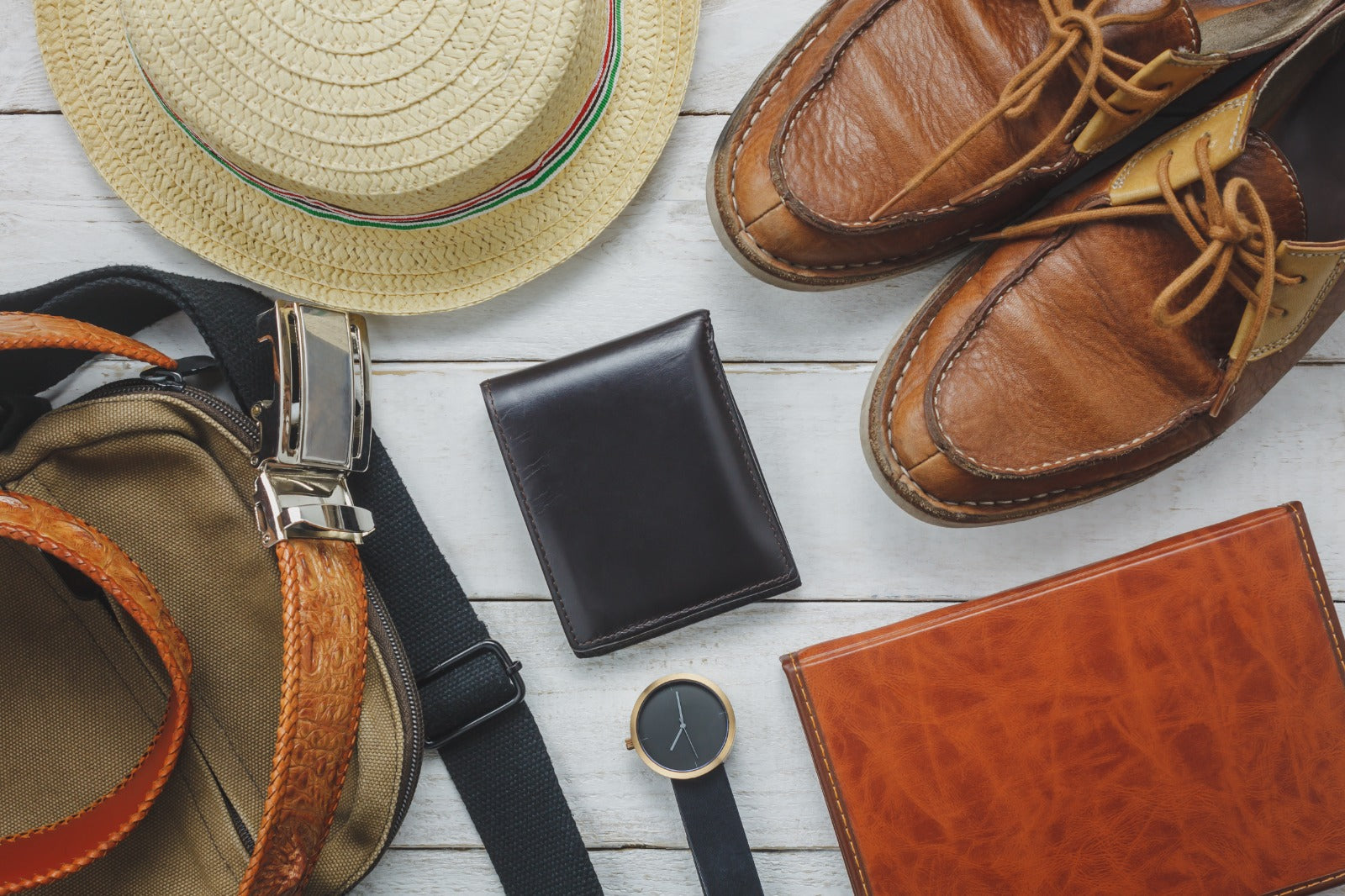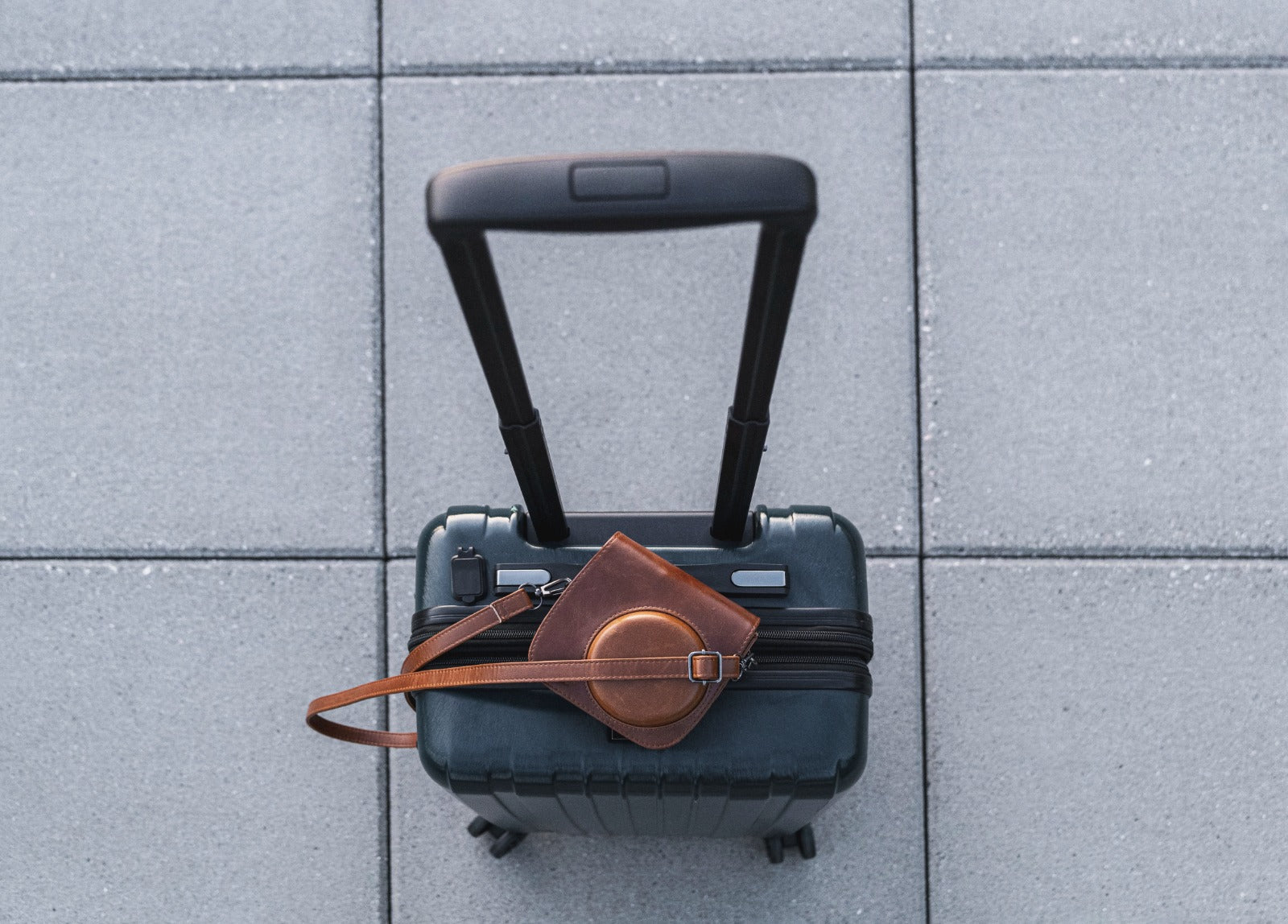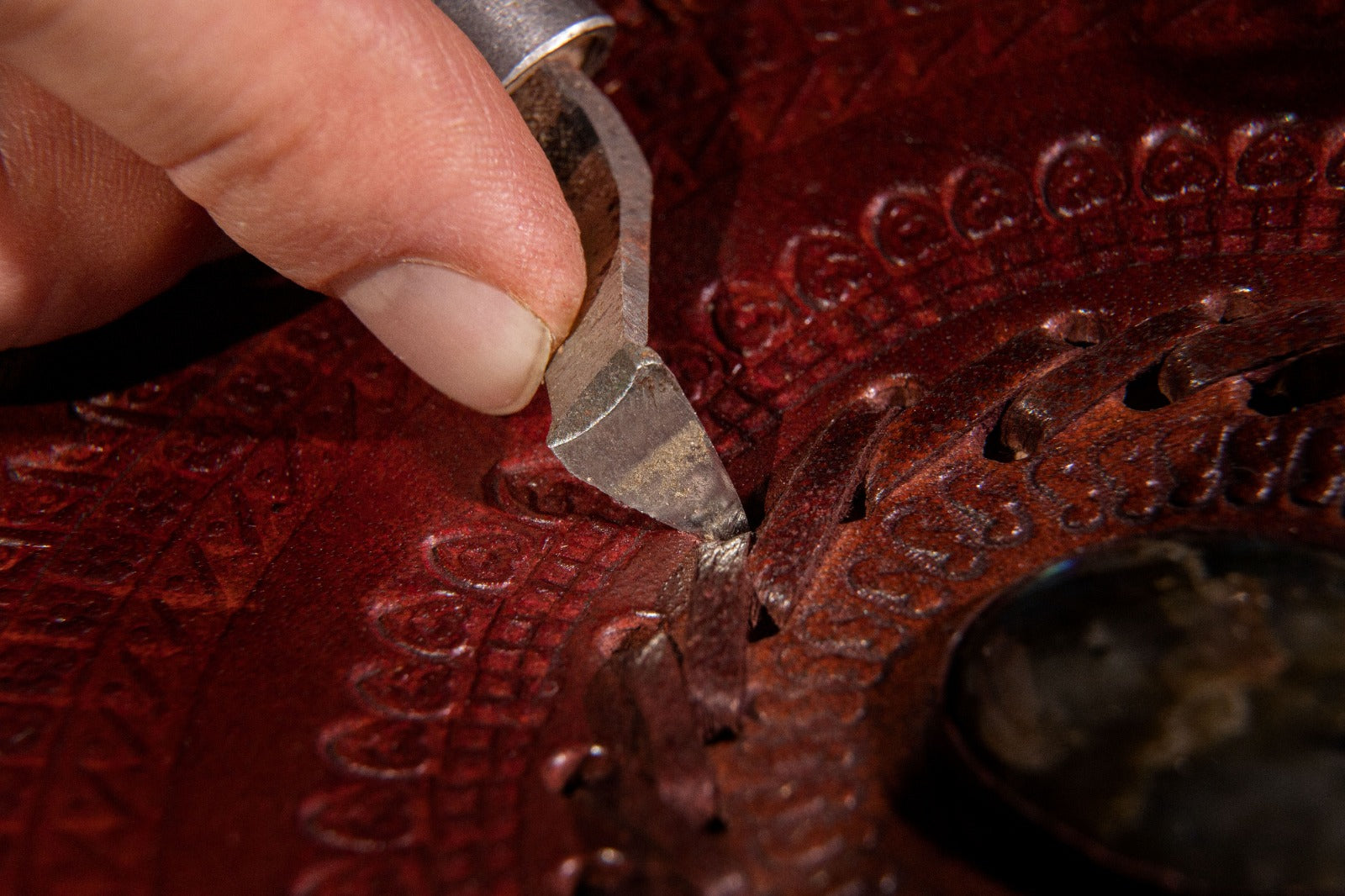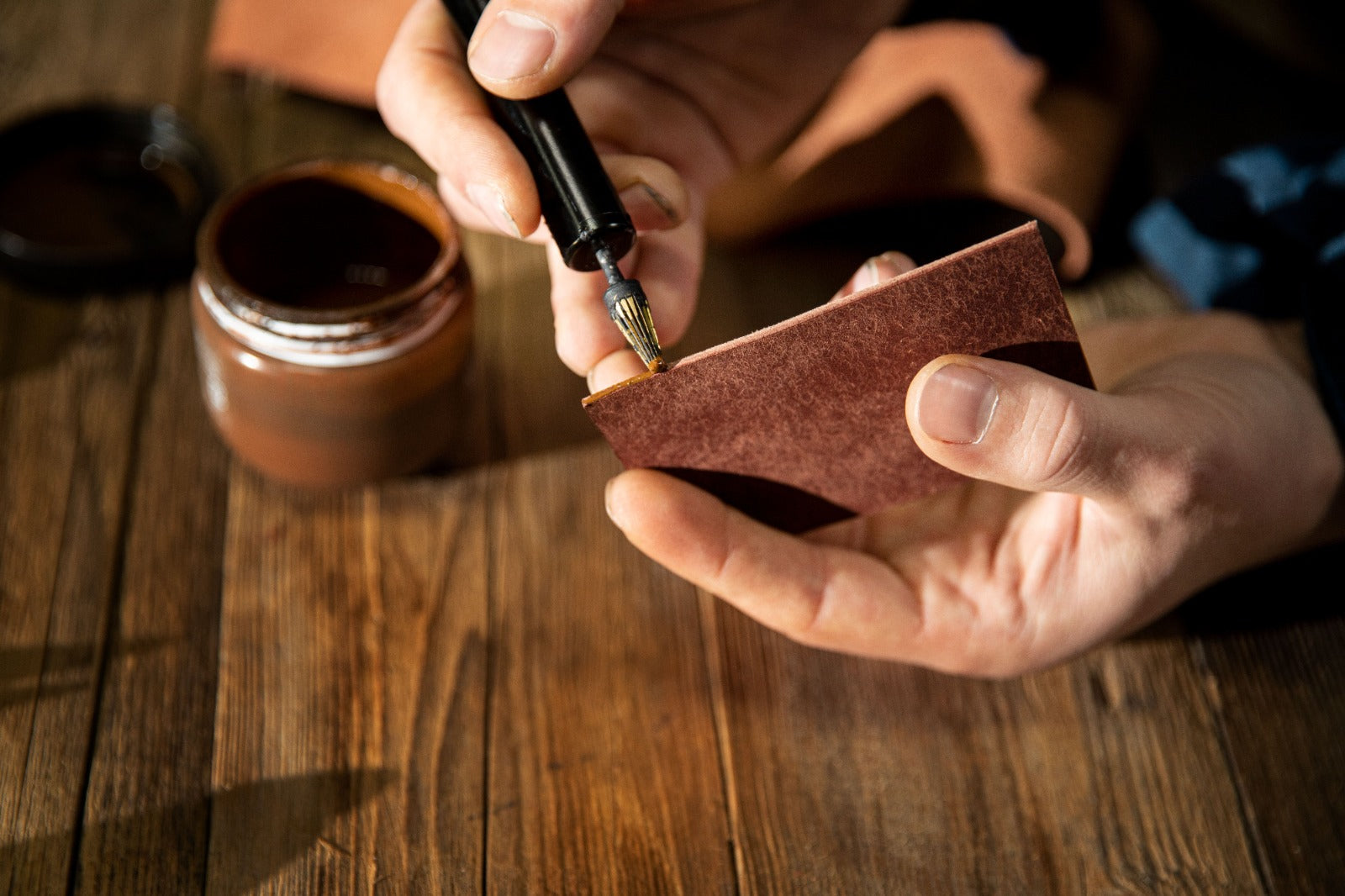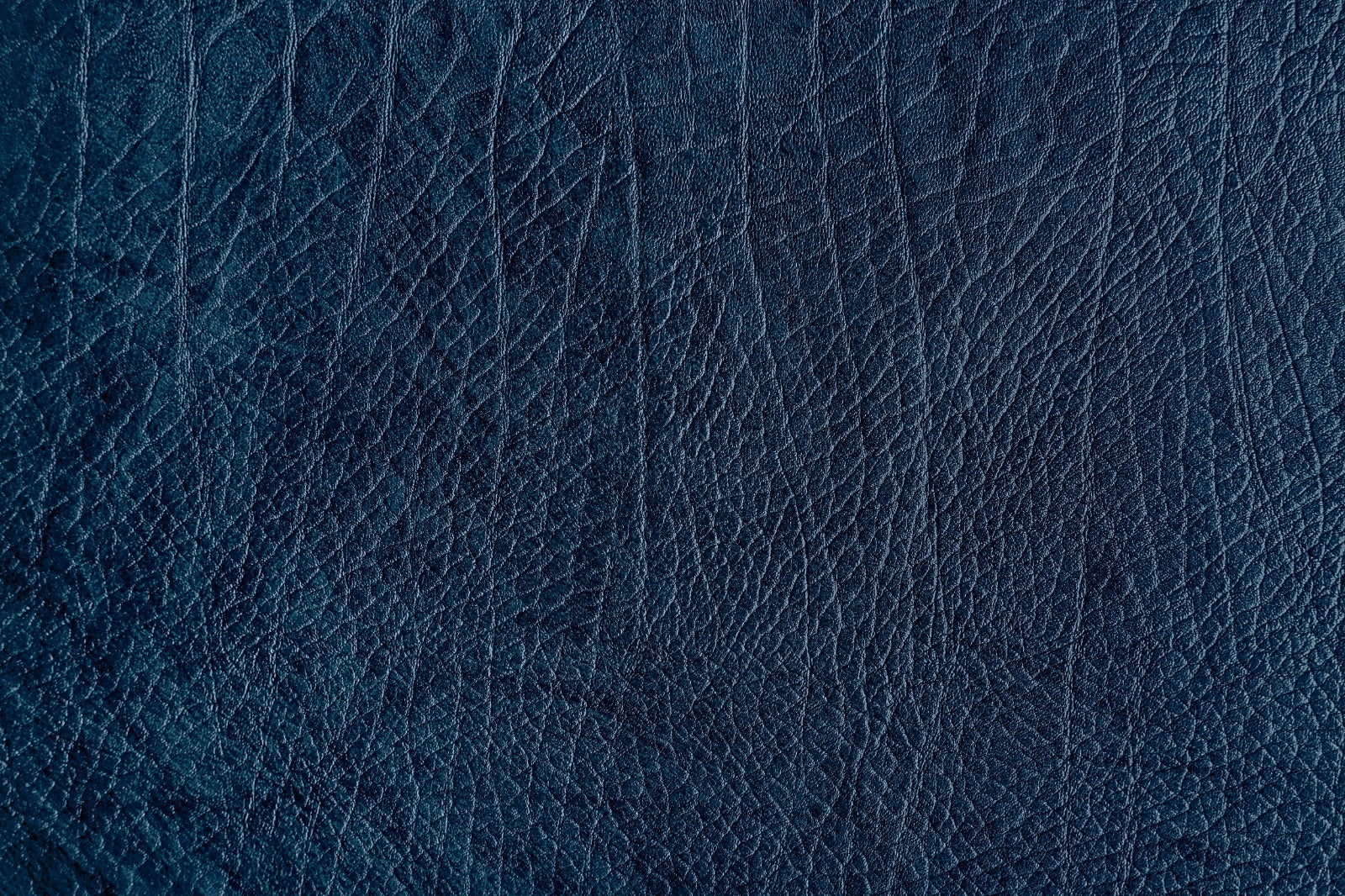
The Timeless Craft of Leather Making: From Hide to Heritage
Leather making is one of humanity’s oldest crafts, blending tradition with modern innovation. From the careful selection of hides to the final polish, each stage ensures durability, beauty, and a story that lasts for decades. This guide takes you through every step of the leather-making process, showing how artistry transforms raw material into heritage pieces.
1. Choosing the Perfect Hide
-
Full-grain leather: retains natural markings, offering strength and unique character.
-
Top-grain leather: slightly sanded for a smoother, more refined finish.
-
Corrected-grain or genuine leather: embossed for uniformity but less durable.
Selecting the right hide determines not just appearance, but also how well the piece will age.
2. Tanning Techniques That Matter
Vegetable Tanning
-
Uses natural tannins from bark and plants
-
Creates firm leather that develops a rich patina over time
Chrome Tanning
-
Uses chromium salts for speed and softness
-
Produces flexible, water-resistant leather
Both methods define how the leather feels, functions, and ages.
3. Leather Grading: What It Means
-
Full-grain: premium quality, long-lasting, natural look
-
Top-grain: smooth, lightweight, refined texture
-
Split leather: lower cost, often treated for appearance
Grading ensures transparency in durability and aesthetics.
4. Design & Pattern Making
Designers map patterns carefully to:
-
Minimize waste
-
Align grain direction for strength
-
Balance structure with functionality
Prototyping ensures the final product is not just stylish, but practical.
5. Cutting & Component Preparation
-
Hand-cutting: used for precision and small runs
-
Die-cutting: efficient for larger production
Accuracy in cutting impacts both durability and how the product holds its shape.
6. Stitching: Strength in Every Seam
-
Saddle stitching: hand-sewn, durable, and perfect for stress points
-
Lockstitch machines: consistent seams for structure
-
Edge finishing: protects seams and enhances aesthetics
Good stitching guarantees that leather goods endure years of use.
7. Finishing Touches: Color, Coating & Hardware
-
Dyeing: aniline for natural looks, pigmented for stability
-
Edge coating: prevents splitting and adds polish
-
Hardware: brass, steel, or alloy for strength and style
These finishing steps give leather goods their personality and usability.
8. Quality Control: Precision in Every Piece
Before reaching customers, leather items are tested for:
-
Dimensional accuracy
-
Strap and handle strength
-
Hardware durability
-
Surface consistency
Only products that pass these standards are considered complete.
9. Care & Maintenance Essentials
To keep leather at its best:
-
Wipe regularly with a soft cloth
-
Condition every few months
-
Use waterproofing sprays for rainy weather
-
Store in breathable dust bags
Proper care extends both beauty and functionality.
10. Sustainability: Leather That Lasts
Unlike disposable fashion, quality leather reduces waste through:
-
Decades of use
-
Repairability and refurbishment
-
Slow-fashion principles
A well-made piece becomes more sustainable with every passing year.
11. Why This Craft Still Matters
-
Longevity: products that last decades
-
Patina: unique aging adds personal character
-
Repairability: scuffs and damage can be restored
-
Timeless appeal: always relevant in style and function
Leather making is not just about utility—it’s about heritage, culture, and identity.
Final Takeaway
From hide to heritage, leather making is a journey of skill, patience, and artistry. Each stage—from tanning to stitching—ensures strength, beauty, and timeless character. Investing in real leather means owning a piece of tradition that tells your story for years to come.
👉 Explore the Perf collection today and discover craftsmanship designed to last a lifetime.
